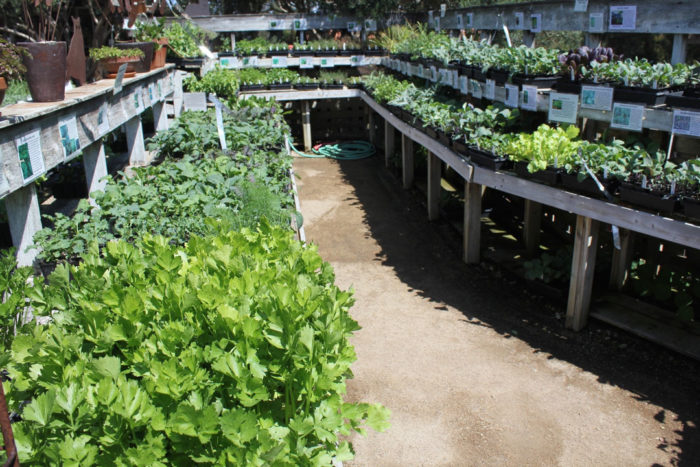
Compared to growing a summer vegetable garden and all it entails (watering, weeding, fighting summer pests and heat-related fungal problems), growing a fall and winter garden in Northern California is positively easy!
When temperatures cool and days shorten, insects and diseases virtually disappear. Fall and winter rains take care of irrigation for you, with the soil often remaining moist for days after a heavy rain shower. Most winter veggies don’t require the fertilizing and side-dressing a tomato, pepper, or squash plant demands to yield the abundance most optimistic gardeners expect, and yet they’re often far higher in nutritional value than their summertime counterparts.
So at summer’s end on into early fall, even while your squash plants still run rampant and tomato plants have yet to cease production, find or make space in your veggie garden for cool season vegetables such as garlic, fava beans, peas, cauliflower, broccoli, kale, and carrots. Spinach, beets, leeks, and onions also deserve a place in the winter patch and make the most delectable additions to midwinter salads, soups, and stews. With proper planning and succession planting, these cold-tolerant plants will linger through early spring, producing delicious, nutritious, homegrown vegetables that will nourish you for months!
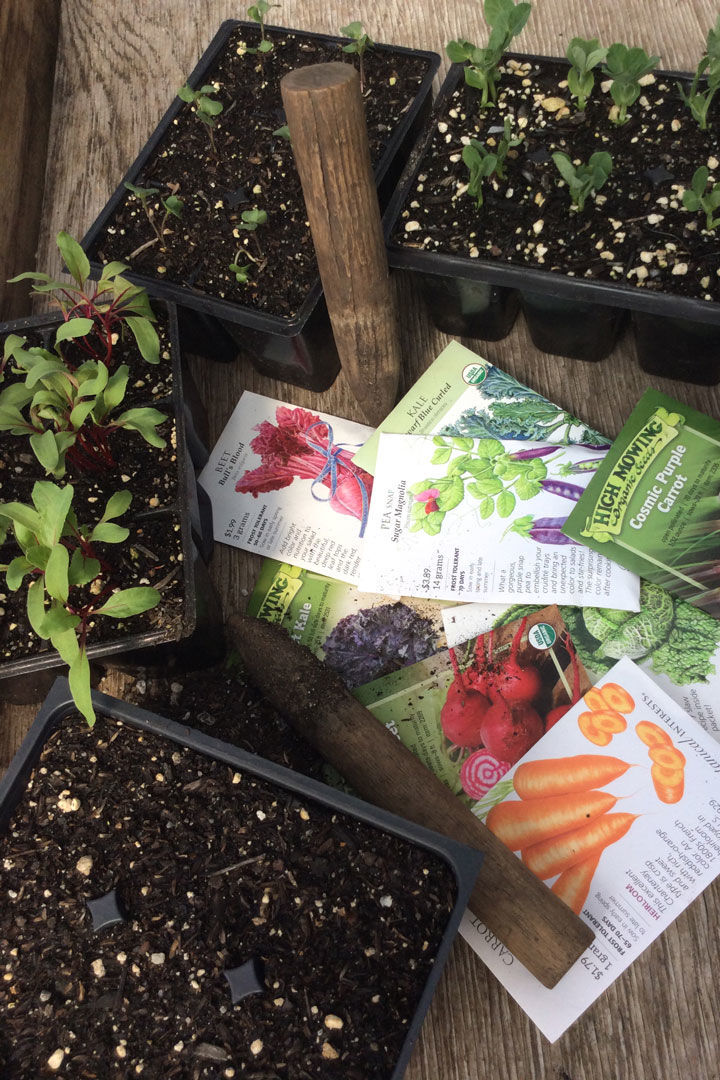
When it comes to planting a successful winter garden, timing is important. Winter vegetables need cold weather to mature adequately, but they actually prefer warm soil temperatures to germinate and will do so quickly in the heat of late summer and early fall. As tiny seedlings and young plants, they can handle summer temperatures and September heatwaves as long as their irrigation needs are met, and they will quickly establish a healthy root system and attain substantial above-ground growth with late summer’s warmth. To achieve peak winter veggie perfection, however, the colder late fall and winter temperatures and even a light touch of frost are vital. Root crops get crisper; kale and kohlrabi increase in sweetness; cabbages, broccoli, and cauliflower head up better; and peas are produced in profusion. In Northern California, the best time to plant your fall and winter garden is from mid-August through October.
Choose your winter vegetables as you would your summer vegetables, and be sure to plant the food you actually enjoy eating in your favorite winter dishes! Browse seed catalogs, make your choices, and start your seeds indoors in late August. Better yet, allow your favorite nursery to seed, germinate, water, and nurture the young plants, then transplant these babies into your veggie patch from mid-September through October.
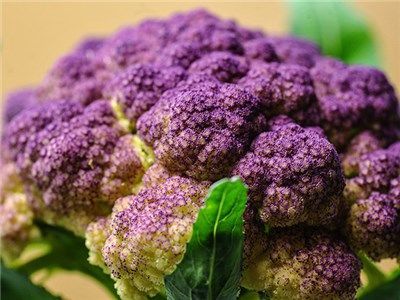
My favorite veggies to grow in my own winter garden? I LOVE red and purple vegetables—they’re as beautiful in the garden as they are on the plate, plus they’re high in the antioxidants, vitamins, and minerals needed to help combat the colds and flu that go along with plummeting fall and winter temperatures. I always start by making space for ‘Purple of Sicily’ cauliflower, a stunning magenta-purple heirloom cauliflower (from, you guessed it, Sicily), that yields 2- to 3-lb. heads packed with those beneficial minerals and antioxidants. Sweet, delicious, and everything you want in a cauliflower, it is naturally disease resistant, making it a great choice for the beginner gardener.
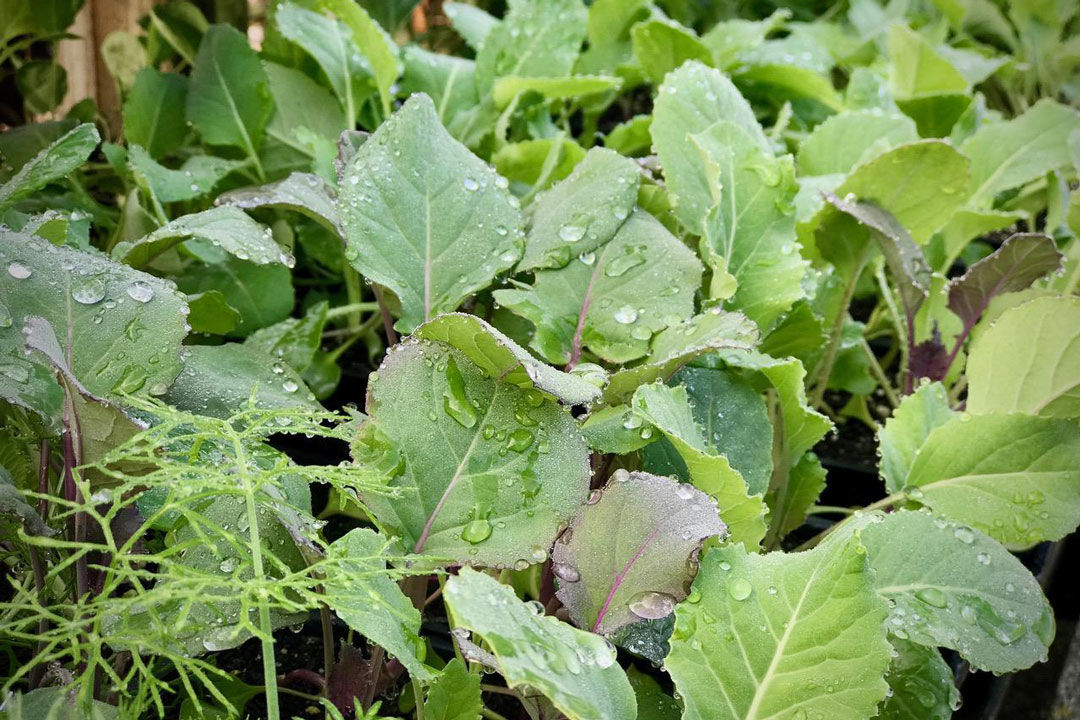
Purple-skinned ‘Kolibri’ kohlrabi is another easy-to-grow, bomb-proof purple veggie. Sweet, round, delicious, and with a flavor combination of jicama, radish, and potato with just a hint of broccoli, ‘Kolibri’ is loved by kids for its “weirdness.” It holds well while it sits on top of the soil in your garden. Harvest this crisp and flavorful oddball when you’re ready to snack on it right in the garden, or add it to a favorite winter dish.
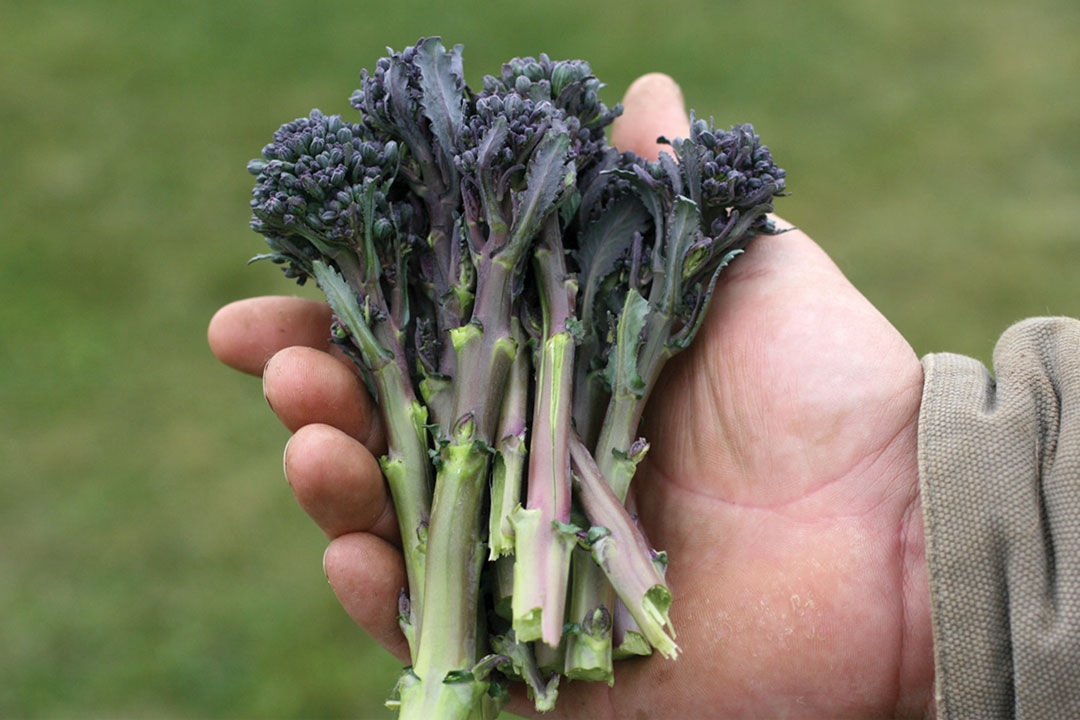
The highly productive, long-producing, sprouting ‘Santee’ broccoli is my winter broccoli of choice, for both its deep-purple hue (though it does turn green when cooked) and also for its more than generous production of tender, sweet, and nutritious mini-florets. This gourmet, purple broccolini overwinters well in most areas of Northern California, producing its most impressive yields after several weeks of cold temperatures.
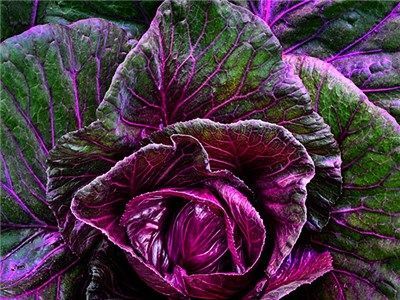
‘Kalibos’ cabbage is a decorative highlight in my winter veggie patch. I love to grow this tasty beauty for its unique shape and color, excellent storage capabilities, and sweet, delicious flavor. The nicely pointed, conical, 2-lb. deep purple heads are wrapped in swirling green outer leaves, making it look far more like a giant rose than the nutrient rich cabbage that it is. It’s excellent when served fresh in coleslaws or lightly sautéed in olive oil with a little sea salt and garlic.
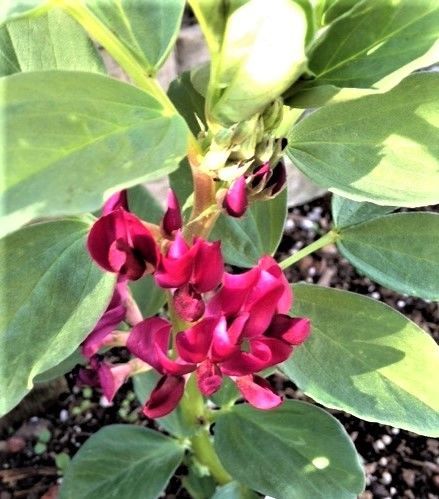
Finally, I would never let October pass by without planting a stand of crimson-flowered favas. A hard-to-find heirloom dating from 1778, the stocky (and quite ornamental) little broad-bean plants not only produce deliciously tasty beans, but the flowers and young leaves are edible and can be added to your favorite winter salads. Immature, tender pods are delicious steamed or stir-fried, and of course the small, almost square fava bean itself can be enjoyed as a fresh bean while young and still tender, or dried and stored for later use when more mature.
Here are a few tips to leave you with about planning and growing your own fall and winter garden: First, ensure bountiful harvests by amending your soil, working rich organic compost into your garden bed before you plant. If you’ve just pulled the remains of heavy-feeding summer crops, be sure to add earthworm castings and organic fertilizers (EB Stones Organic Sure Start is fantastic) to replenish the depleted soil. Second, because drainage is an important consideration in your winter veggie bed—standing water can stunt growth, rot roots, and even kill your plants—take appropriate measures. Third, be ready to monitor for slugs and snails, and deal with them accordingly. Hand-picking should be your first line of defense, but if you need extra help, OMRI-certified Sluggo is very effective and is safe for pets and everyone EXCEPT those pesky slugs and snails.
Finally, gather up some good recipes for hearty winter dishes, and look forward to enjoying your very own, homegrown, winter garden harvests!
Fionuala Campion is the owner and manager of Cottage Gardens of Petaluma in Petaluma, California.


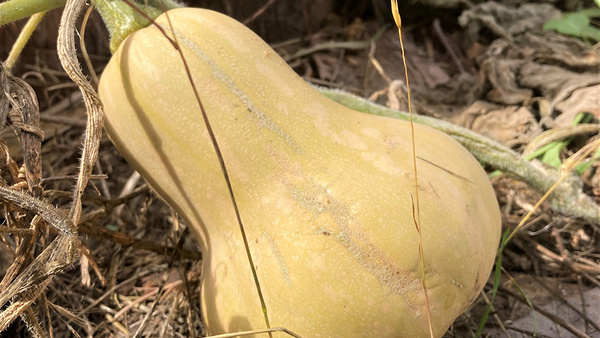















Comments
Log in or create an account to post a comment.
Sign up Log in